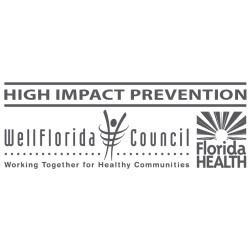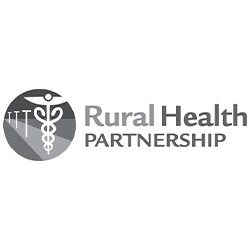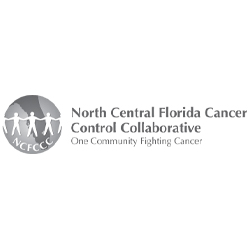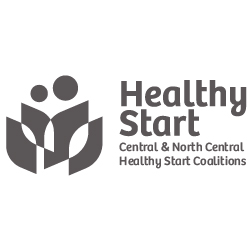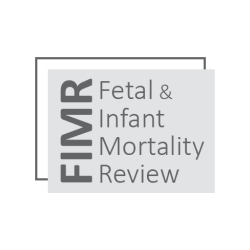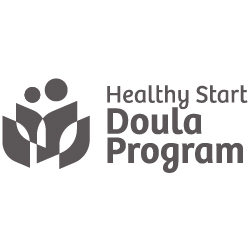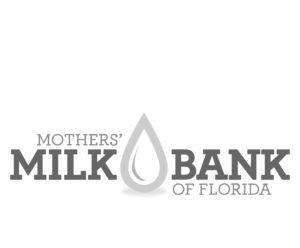Uncovering e-cigarettes
E-cigarettes have been marketed for less than a decade, first prevalent in Japan in 2004 and later exported to the U.S. and Europe. Due to the product’s novelty, little information on its components, usage and effects are readily available from trustworthy sources. Kathy Nichols presented her research on “What We Know and Don’t Know” about e-cigarettes at the 6th Annual Rural Tobacco Summit on “Addiction: Tobacco & E-Cigarettes.”
E-cigarettes are marketed as electronic nicotine delivery systems/devices (ENDS/ENDDS), electronic cigarettes and personal vaporizers. Its users also commonly refer to themselves as “vapers.” Hon Lik, a Chinese pharmacist, is credited with the invention of the e-cigarette in 2003.
Within the device is an electronic heating element, a battery and a cartridge that usually contains a mixture of nicotine, propylene glycol and “other chemicals.” These “other chemicals” are not regulated and are credited with constricting arteries and increasing blood pressure.
Nicotine is dangerous to us even in its pure form, said Nichols, associate director with the University of Florida Area Health Education Center (AHEC) Program. The amount of nicotine contained in e-cigarette liquids ranges anywhere from 2.4 to 7.2 percent nicotine according to package labeling, which is often misleading and inconsistent.
Use among adults and youth throughout the country is on the rise. According to the 2012 Florida Youth Tobacco Survey, over 58 percent of Florida high school students that identify themselves as smokers have tried e-cigarettes.
More research is needed on second-hand effects. Individuals exposed to e-cigarettes second hand have reported increased airway constriction and oxidative stress.
The FDA attempted to block the import of e-cigarettes, claiming they were drug-device combinations. A major importer and distributer, Sottera, fought the regulation and “argued that e-cigarettes are tobacco products” so they should be regulated as such. Sottera got the injunction.
As of now there are little to no regulations on the sale of the devices. E-cigarettes are sold online, in malls, pharmacies, on television and through various other retailers.
The summit, sponsored by Suwannee River AHEC, Lake Shore Hospital and North Central Florida Cancer Control Collaborative(NCFCCC), was held in April 2014. Oversight and leadership of NCFCCC is provided by WellFlorida Council. By Nicole Martins, WellFlorida Council Intern
Back to News page
